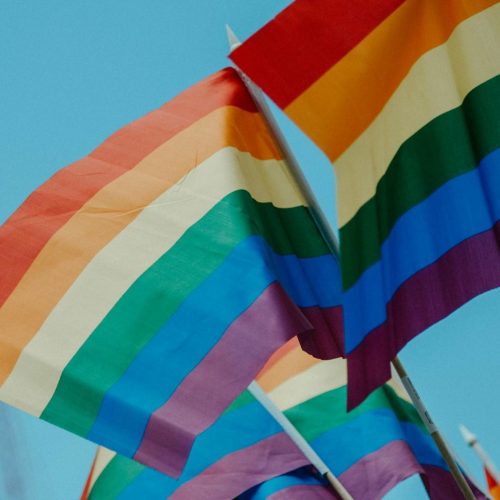What’s behind the recent Climate Strikes?
A total of over 7.6 million protested during the week of Global Climate Strikes around the world. Just as a comparison the same amount of people were present on the 2003 anti-Iraq war protest. These two are the largest coordinated global protests in History. From September 20th to 27th, millions of people of all backgrounds, ages, regions and faiths came together in all corners of the globe calling for climate action. More than 6,100 events were held in 185 countries, with the support of 73 Trade Unions, 820 civil society organizations, 3,000 companies and 8,500 websites. What will be the consequences?
For centuries now, the global economy has taken climate stability for granted. Investing, buying, selling, borrowing, and lending all require a degree of confidence that tomorrow will be pretty much like today. But climate change is introducing new uncertainty, threatening to upend our assumptions about almost everything.
Some scientists have been talking about climate change and global warming for more than 40 years now and still it feels like that just recently people and politicians around the world have started to understand this topic and its impact on everyone's lives.
Experiencing more frequent extreme climate events, like droughts, taiphons, hurricanes, heavy heat waves and extreme cold waves around the world are becoming a strong argument about the presence of climate change. But all of these facts don't explain the recent strikes around the world to fight climate change.
In recent years, it seems like the discussion about the effects of climate change is not skipping and sector, McKinsey & Company the American worldwide management consulting firm, publish reports and content about climate change regularly. In one of their latest articles they highlighted the fact that climate change could affect everyone and businesses should act now to prepare themselves for climate change and its outcomes.
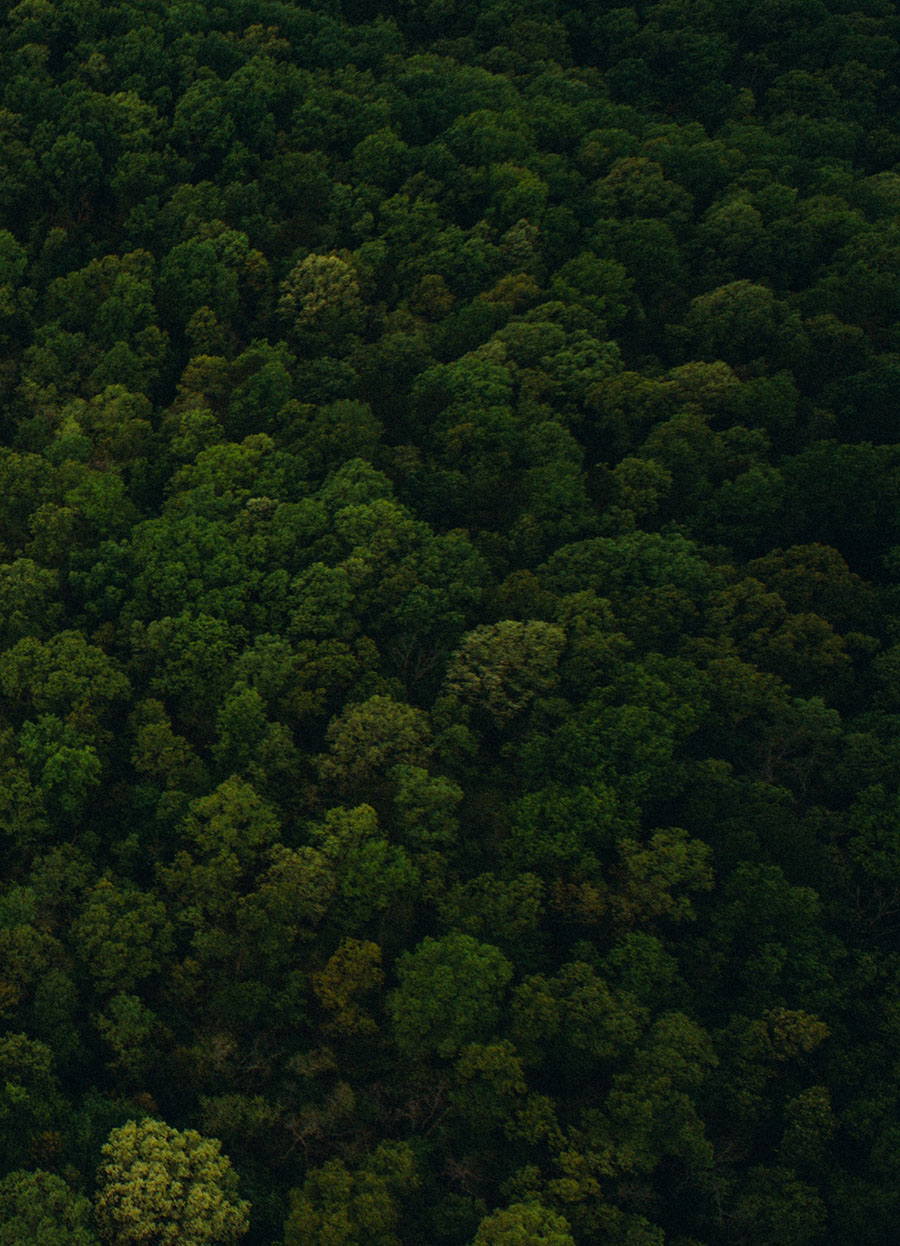
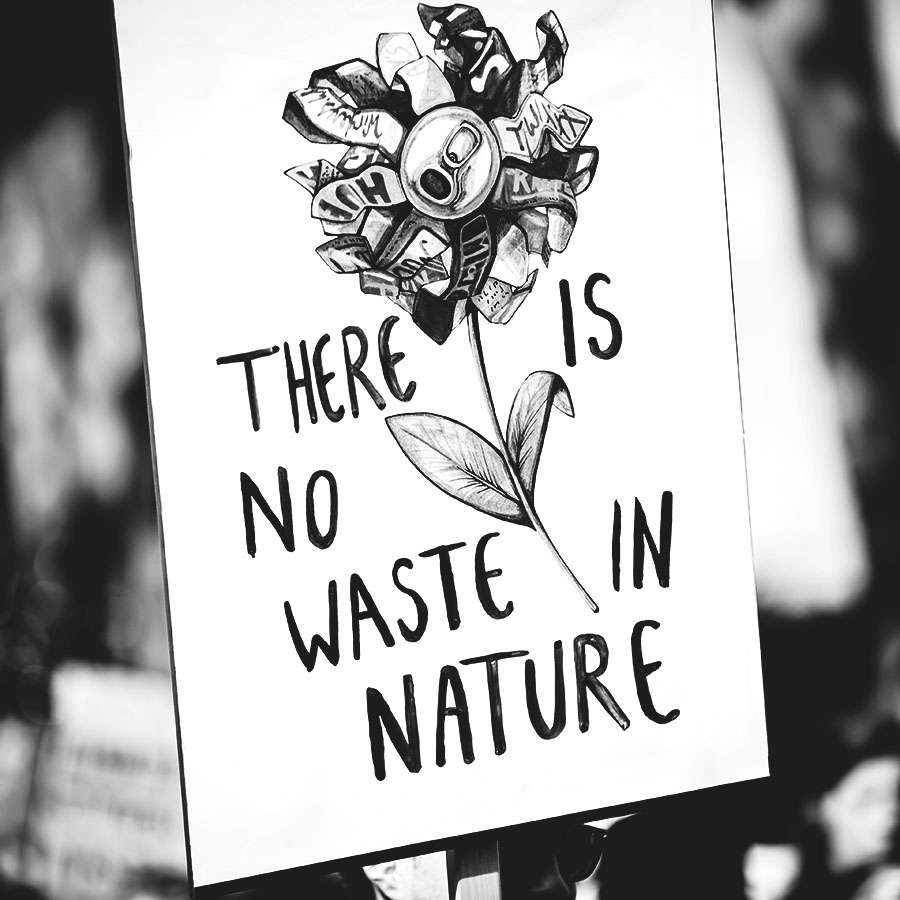

The next decade would be critical for many companies and groups, the ones who wouldn't deal with this topic and prepare themselves would be in real trouble. Climate change is not a far away risk anymore it should be a priority for today, climate change is here. Its economic impact is real and growing, and action now is essential. Dealing with this topic now can raise the odds of avoiding potentially catastrophic runaway climate change in the second half of the century.
The internet has opened up a new era in which information is accessible all around the world at any moment at any age. This accessibility lead people, mainly young ones, from all around the world to start being more and more knowledgeable about this topic. This is definitely one of the reasons that created the biggest climate movement seen around the world until now.
One of the other main triggers for this round of climate strikes around the world is Greta Thunberg and a group of young students from all around the world that decided to follow her and start raising their voice and demand action for their own future. After Greta was exposed to the topic of climate change she felt that her future is at risk so instead of going to school, hoping to learn so she would have the tools and skills to deal with her future, she needs to raise her voice. Experiencing extreme climate events in Sweden after the summer 2018, made her realize that maybe the topic of climate change is not taken seriously even in Sweden. For her it is not clear rather the world would be a place even possible to live in as a result of climate change so if she wishes to have a future she needs to protest for it.
On August 2018, she set in front of the Swedish parliament striking and hoping that the politicians sitting in the parliament would understand the urgency and importance of dealing with this topic. This act of a young Swedish girl lead to many school kids around the world feeling like Greta, disappointed from the way public and private sectors dealing with a global and serious treat on all of us. The school kids started to organize local strikes each Friday for their future, raising their voice and sharing their fear for their own future.
This movement became something big and powerful around the world all because of young school kids that are scared for their future. Strikes have started to occur regularly in Germany, Sweden, The UK, New York, Canada, Australia, Brazil, Argentina, South Africa and many more locations around the globe. Every Friday these kids, their teachers, parents and other adults would skip school or work (in the teachers and parents situation) join and support these strikes and demonstrations. They demand action and legislation to prevent further global warming and climate change.
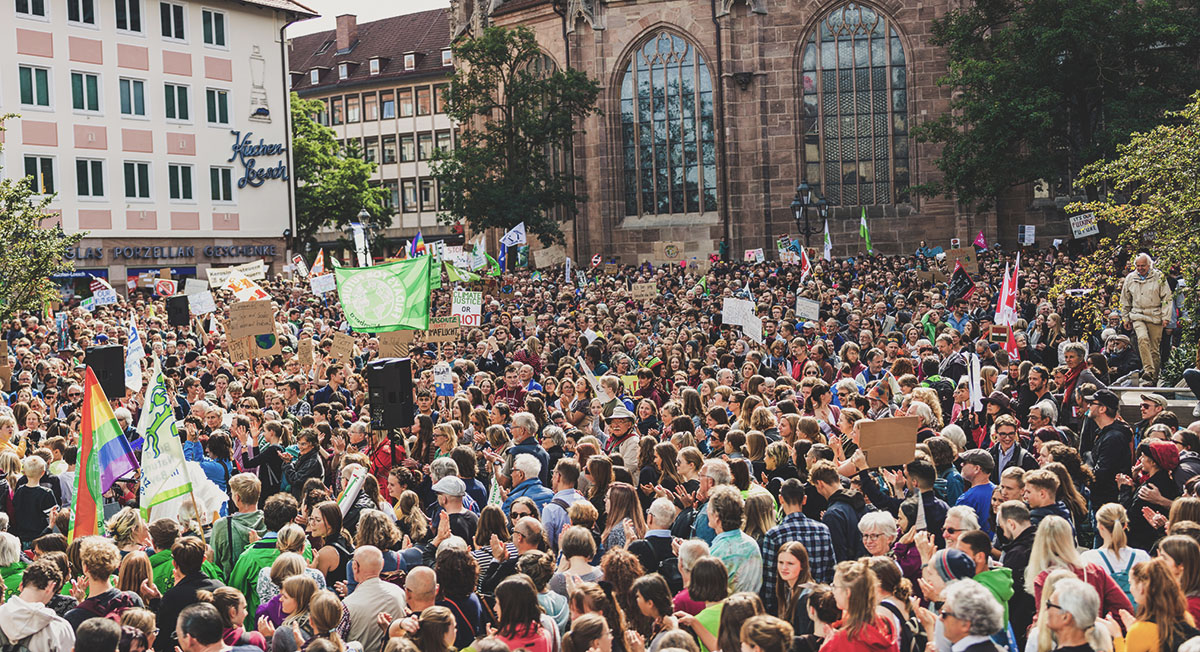


The biggest waves of demonstrations happened during 2019. A global strike on 15 March 2019 gathered more than one million strikers. Around 2200 strikes were organized in 125 countries. On 24 May 2019, Just before the election for the European parliament the second global strike took place, in which 1600 events across 150 countries drew hundreds of thousands of protesters.
The 2019 Global Week for Future was a series of 4500 strikes across over 150 countries, focused around Friday 20 September and Friday 27 September. These dates were chosen because it was just a bit before and a bit after the UN Climate Summit in New York on the 23rd of September 2019.
A total of over 7.6 millionProtested during the week of Global Climate Strikes around the world. Just as a comparison the same amount of people were present on the 2003 anti-Iraq war protest. These two are the largest coordinated global protests in History. From September 20th to 27th, millions of students, parents, trade unions, businesses, health workers, scientists, celebrities, people of all backgrounds, ages, regions and faiths came together in all corners of the globe calling for climate action. More than 6,100 events were held in 185 countries, with the support of 73 Trade Unions, 820 civil society organizations, 3,000 companies and 8,500 websites.
After the global mobilization on Friday September 20 appeared on front pages around the world, escalating actions throughout the week culminated with a second global day of action this Friday September 27. The day kicked off in New Zealand, where organizers estimate that 170,000 (3.5% of its population) took part.
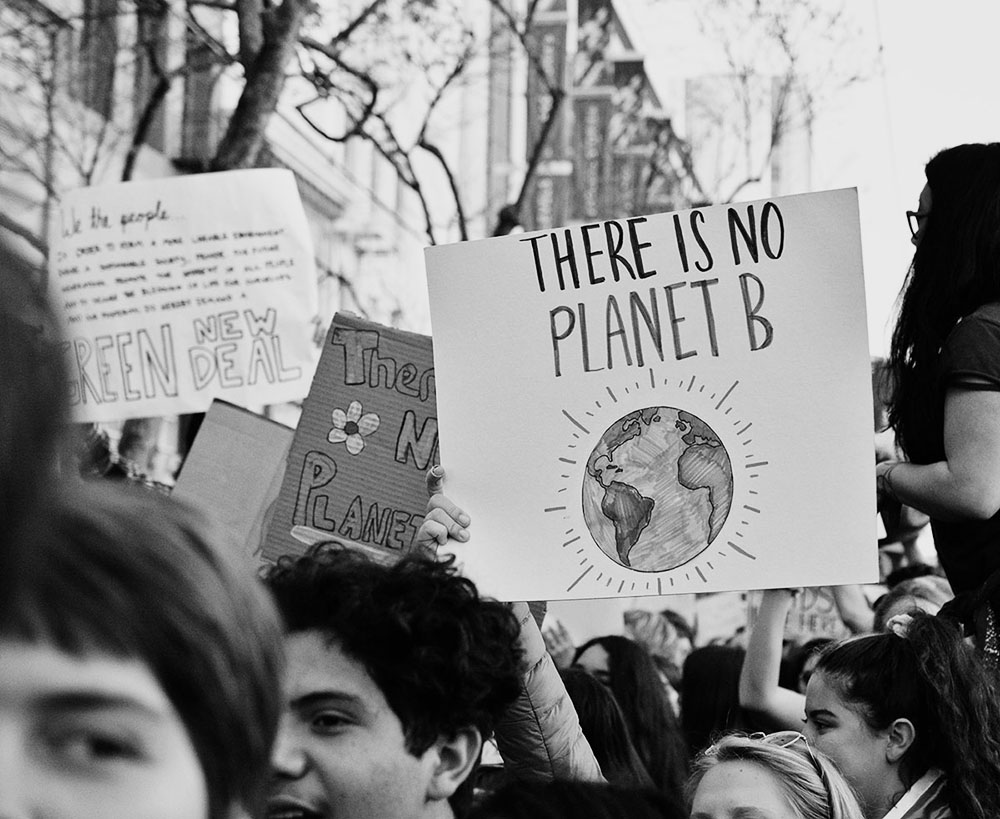
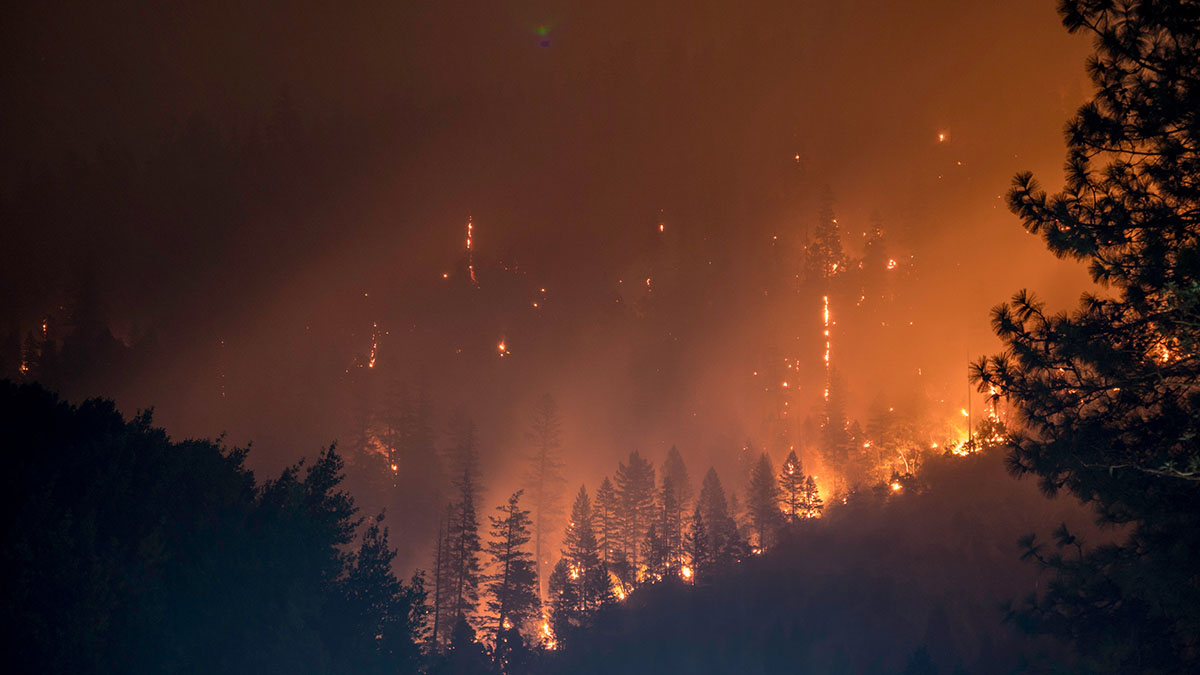
Throughout the week: From 20th to 27th of September, 1.5 million people took to the streets in Italy, 1.4 million in Germany, 800,000 in Canada, over 500,000 in the United States, 500,000 in Spain, over 350,000 in Australia and over 350,000 in the United Kingdom, 195,000 in France, 170,000 in New Zealand, 150,000 in Austria, over 100,000 in Chile, another 100,000 in Switzerland, 50,000 in Ireland, 70,000 in Sweden, 42,000 in the Netherlands, 20,000 in Brazil, 21,000 in Finland, 15,000 in Peru, 13,000 in Mexico, 13,000 in India, 10,000 in Denmark, 10,500 in Argentina, 10,000 in Turkey, 10,000 in Pakistan, 6,000 in Hungary, 5,000 in South Korea, 5,000 in Japan, 5,000 in South Africa, 3,000 in the Pacific, 2,500 in Ecuador, 2,000 in Singapore and much more.
The strikes and demonstrations around the world are planned on continuing, in some places every Friday and in other places maybe once a month, so follow your local climate strike organizer. Hopefully by keeping these events happening the topic of climate change could become a bigger part of the agenda and lead to more bold and serious actions that would prevent the extreme outcomes.

+ Words: Danielle Keller Aviram
Danielle Keller Aviram is a sustainable jewelry and fashion researcher, consultant and designer. She graduated an M.A focusing on sustainability in fashion at AMD Berlin after doing her B.A in jewelry and accessories design in "Shenkar" Tel Aviv. After her B.A she had her own international fine jewelry brand operating for 5 years.




